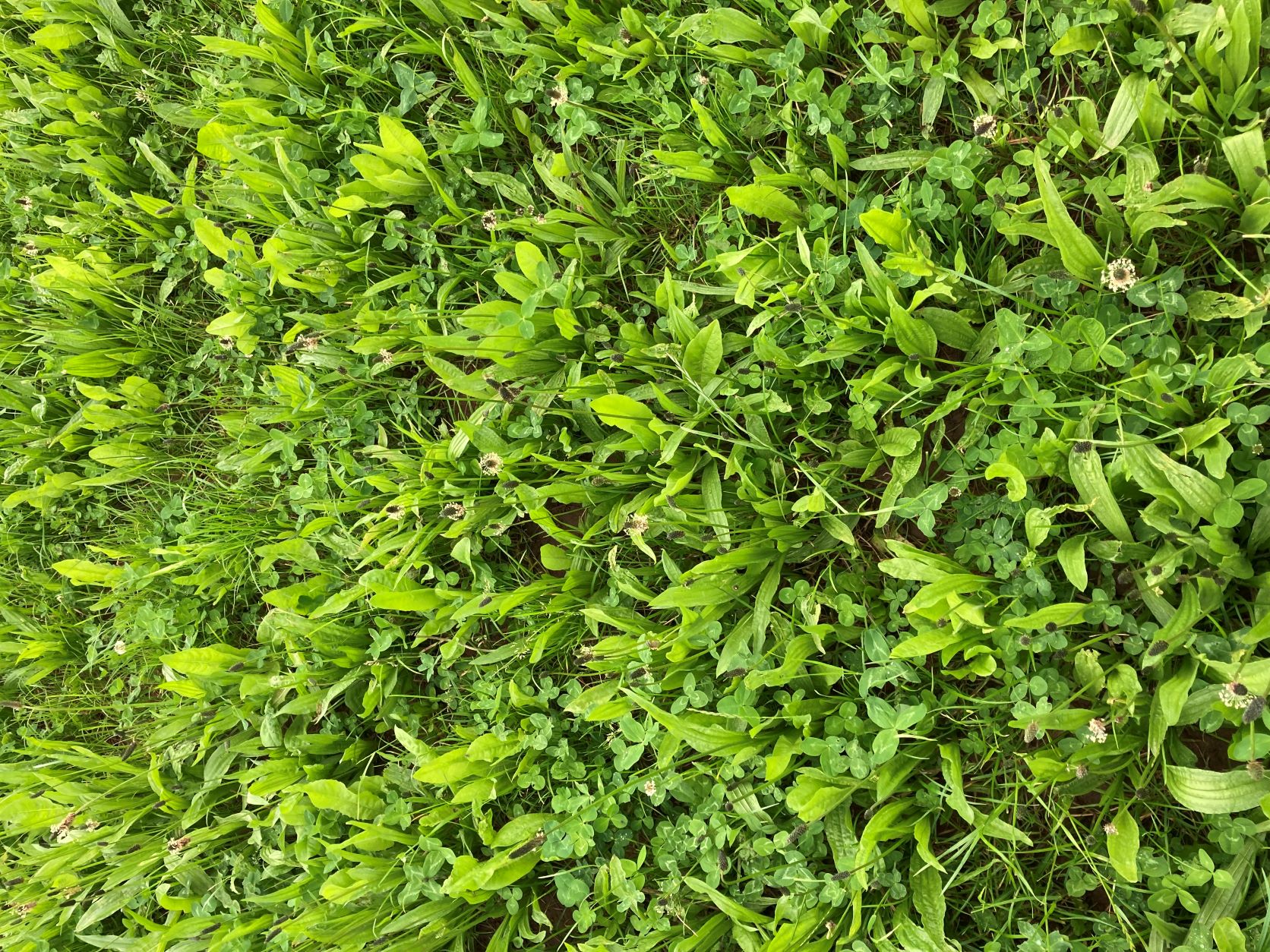- Home
- Knowledge library
- Use multi-cut approach for quality herbal silage
Use multi-cut approach for quality herbal silage
Cutting every 4.5–5 weeks, leaving a stubble of at least 7.5cm and using a homofermentative inoculant should all help make good quality silage out of a herbal ley.
And don’t believe that leaving the ley to grow longer will improve nutritional quality: a multi-species sward can go to seed very quickly, and its feed value starts to drop.
“Once you get woody stems, digestibility falls, fibre content increases and you get poor quality,” says independent scientist Dr Dave Davies of Silage Solutions. “When herbal leys are baled, their thick plant stems damage the wrap. If you cut when the herbs have no stem, they will compact well. Chop length should be according to dry matter content – no different to ensiling grass e.g. a 30% DM should be chopped to 5cm.”
Dr Davies points out that herbal leys need to be cut higher because herbs grow from the crown. Mowing below the growing point kills the plant, so he suggests no lower than 7.5cm and preferably 10cm. “Herbs also wilt more slowly, allow a maximum 48 hours as any longer leads to higher DM losses. Leave chicory out of a sward if it is predominantly for silage as it wilts slowly. If it contains a lot of clover, don’t over-condition as it will lead to leaf shatter. Avoid metal tines and leave the conditioner as wide as possible.”
Although harvesting younger, leafier crops helps with ensiling, herbs and legumes are more difficult to ferment due to their higher protein and mineral content, adds Dr Davies. “This makes them higher in buffering capacity, so pH falls slowly. They are also lower in sugar which is needed to feed the bacteria responsible for driving acid production,” he explains.
Applying a homofermentative inoculant improves the fermentation process. Otherwise, follow standard good practice as for grass-only swards from good consolidation to sheeting-up well. However, you could struggle to realise the benefits of a quality herbal silage as it’s not yet possible to accurately analyse feed value, says Dr Davies.
He recommends establishing protein and NDF content through wet chemistry and working with a good nutritionist who can understand the silage’s potential, while observing responses from livestock. “I’d also suggest baling a herbal ley so that you can mix it in the diet at a known amount, rather than losing a small amount within a clamp which you can’t ration.”


